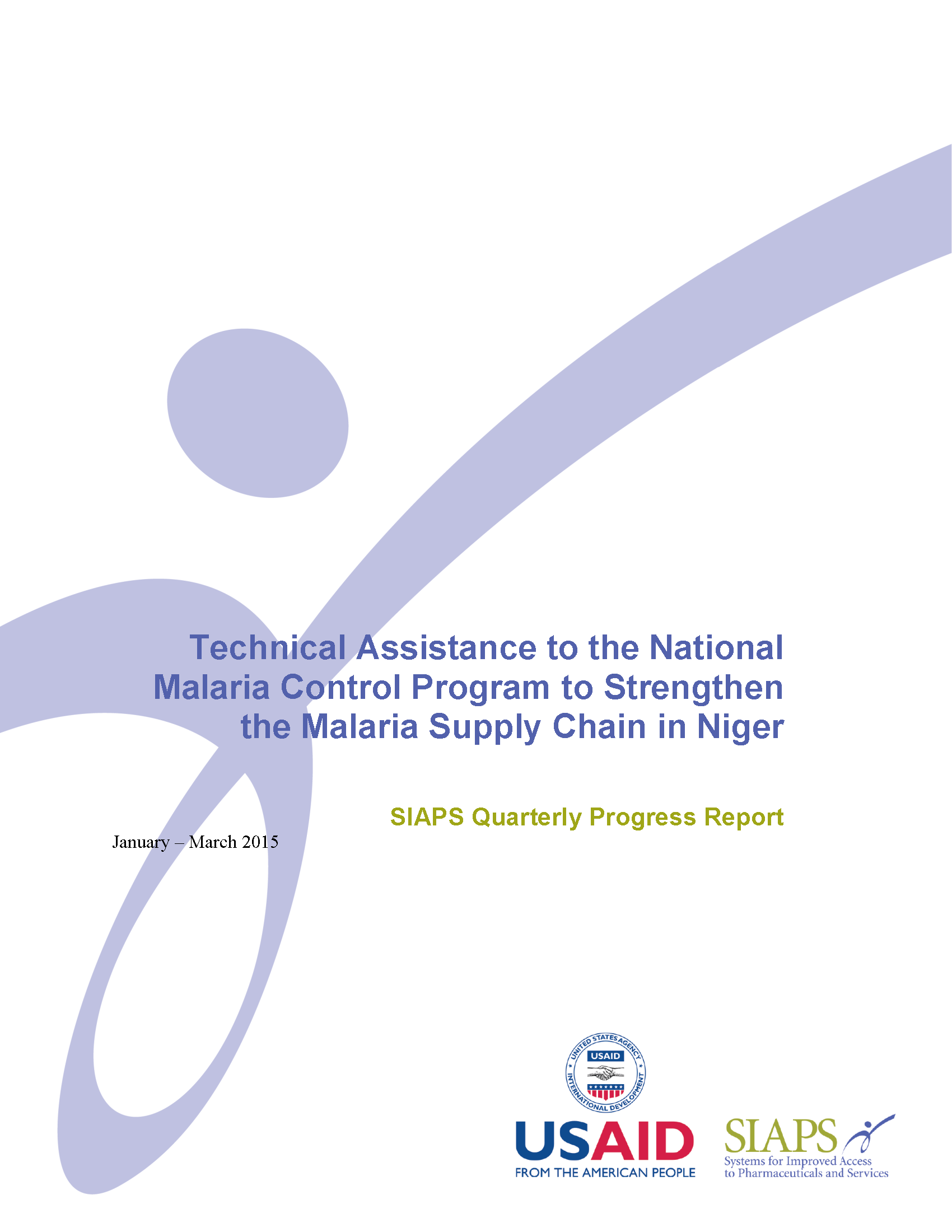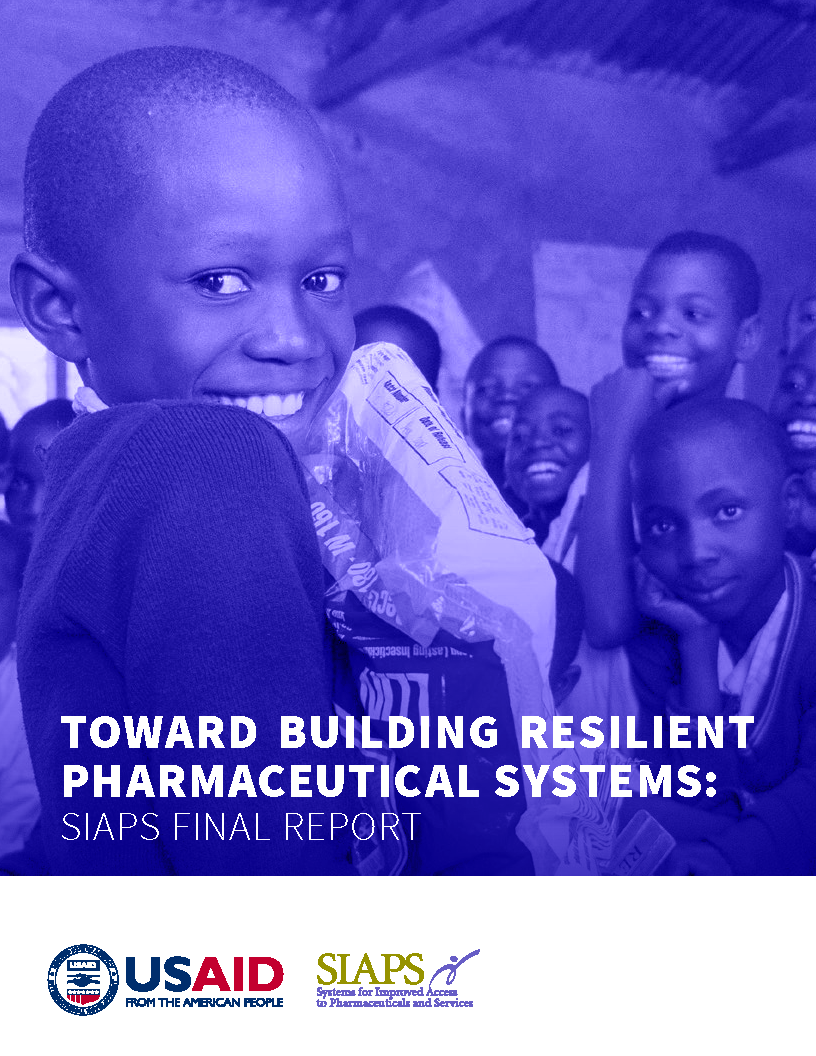
Malaria remains a major public health problem in Niger. Over the past four years, an average of 3,800,000 presumed cases of malaria were recorded per year (equivalent to an incidence rate of 24,910 cases per 100,000 inhabitants) and an annual average of 2,862 deaths (or a mortality rate of 0.25%). Malaria represents 31% of all the morbidity recorded in 2013 and constitutes the first cause of death in all the regions. In Niger, it is responsible for 57% of deaths overall and 76% of deaths among children under 5. Malaria affected 106,012 pregnant women in 2013 and caused 25 deaths (or a mortality rate of 0.02%) (Health statistical directory in Niger, SNIS 2013, p.59). However, these figures do not reflect the real situation of the country given the low coverage rate of the population (48% in 2013) and the number of malaria cases that escape notification at the community level.
The entire Nigerien population is exposed to malaria. However, pregnant women and children under 5 years of age are the most vulnerable groups and frequently develop severe malaria. The epidemiology of malaria in Niger is characterized by stable endemicity with a seasonal increase during and after the rainy season (June to December). The latest outbreak was recorded in JulyAugust 2012 in the health districts of Niamey, Tillaberi, Agadez, and Abalak.
The National Malaria Strategic Plan 2011-2015, developed by the National Malaria Control Program (NMCP), highlighted the importance of maintaining constant availability of stocks and improving the current supply chain management system for malaria commodities. Support was requested and obtained from US agency for International Development (USAID) in the form of technical assistance to be provided to NMCP by the Systems for Improved Access to Pharmaceuticals and Services (SIAPS) Program.


